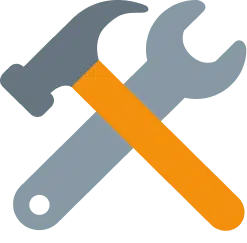Susie, a 7-year-old girl with autism, is receiving support through Adult-/Clinician-/Teacher-Directed Approaches. Here’s how these approaches can help:
- Individualized Plan: Susie’s team creates a personalized plan with specific goals and strategies to enhance her communication and social skills.
- Teacher-Directed Approaches: Susie’s teacher uses visual aids, modeling, and reinforcement to teach her how to initiate and maintain conversations with peers. For instance, using a picture, Susie is encouraged to say hello, and she receives praise or a small treat as a reward.
- Clinician-Directed Approaches: A clinician helps Susie identify and express her emotions using techniques like visual supports, social stories, and role-playing. Through practice, Susie learns to positively express her feelings.
- Parent-Directed Approaches: Susie’s parents reinforce her positive behaviors and foster self-care skills. They may use a token economy system, rewarding Susie for tasks like brushing her teeth or dressing independently.
With the support of these approaches, Susie has made significant progress. She confidently initiates conversations, expresses emotions, and takes care of herself. These methods help children reach their full potential and succeed in school and beyond. For additional support, products like Goally can offer fun apps to reinforce life and language skills development.














